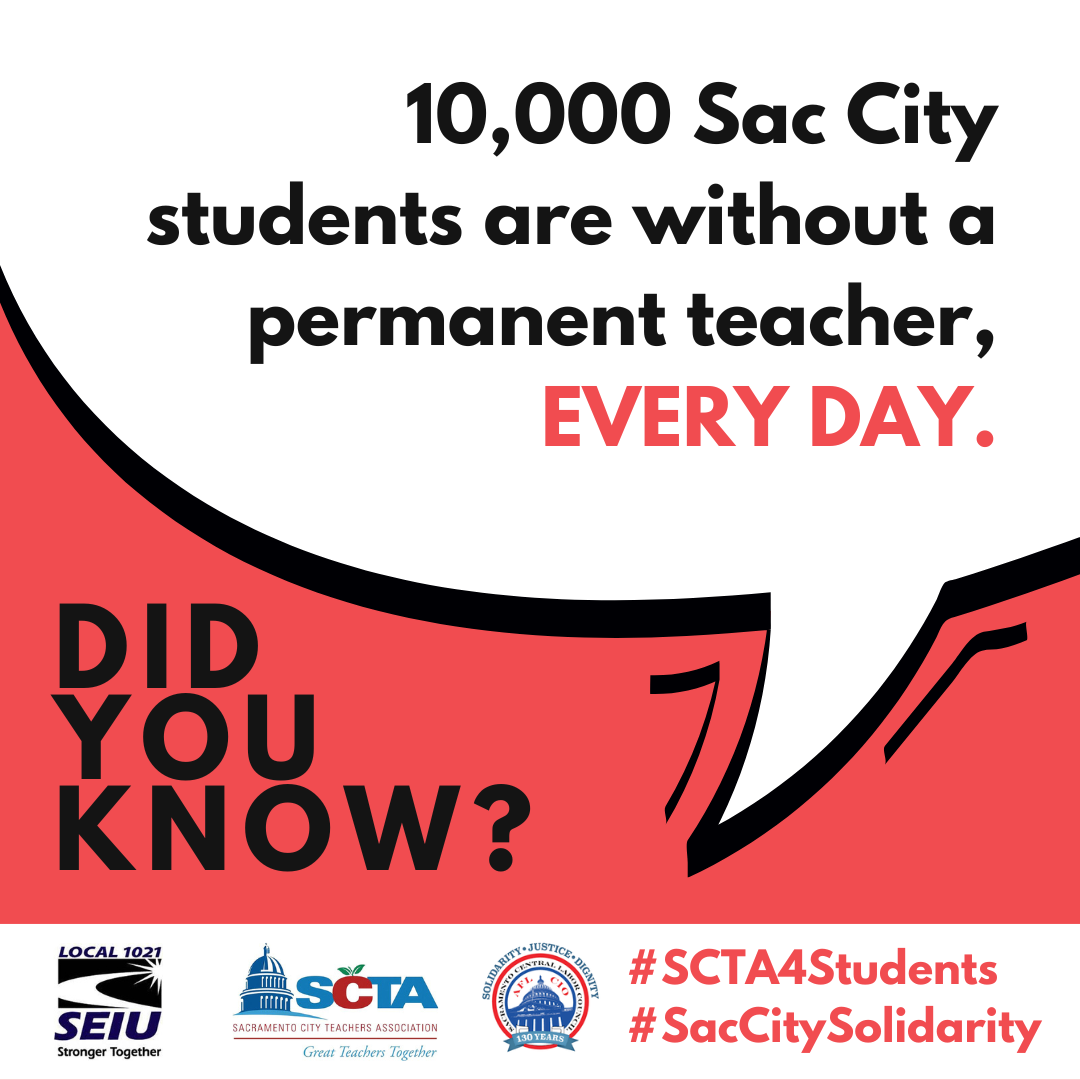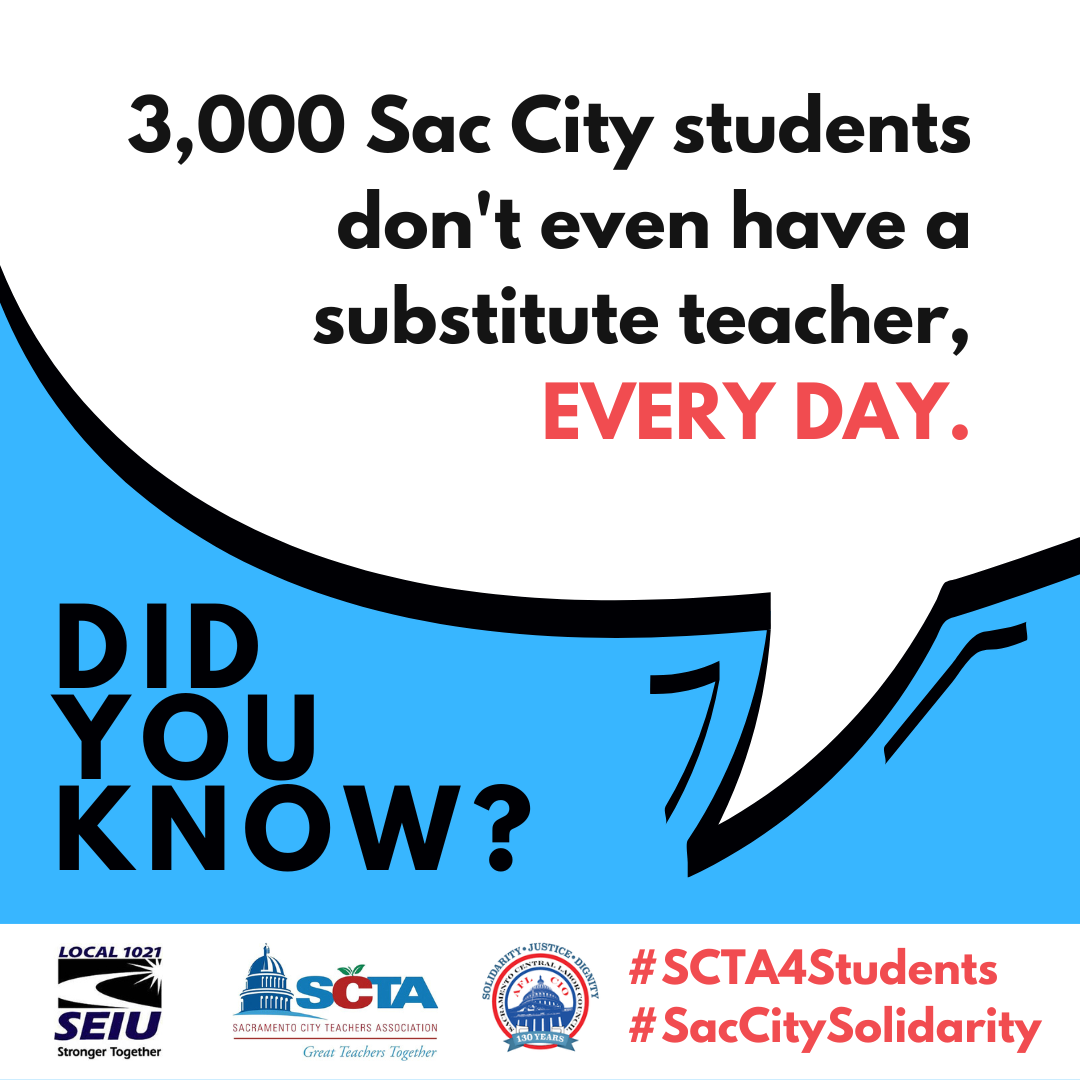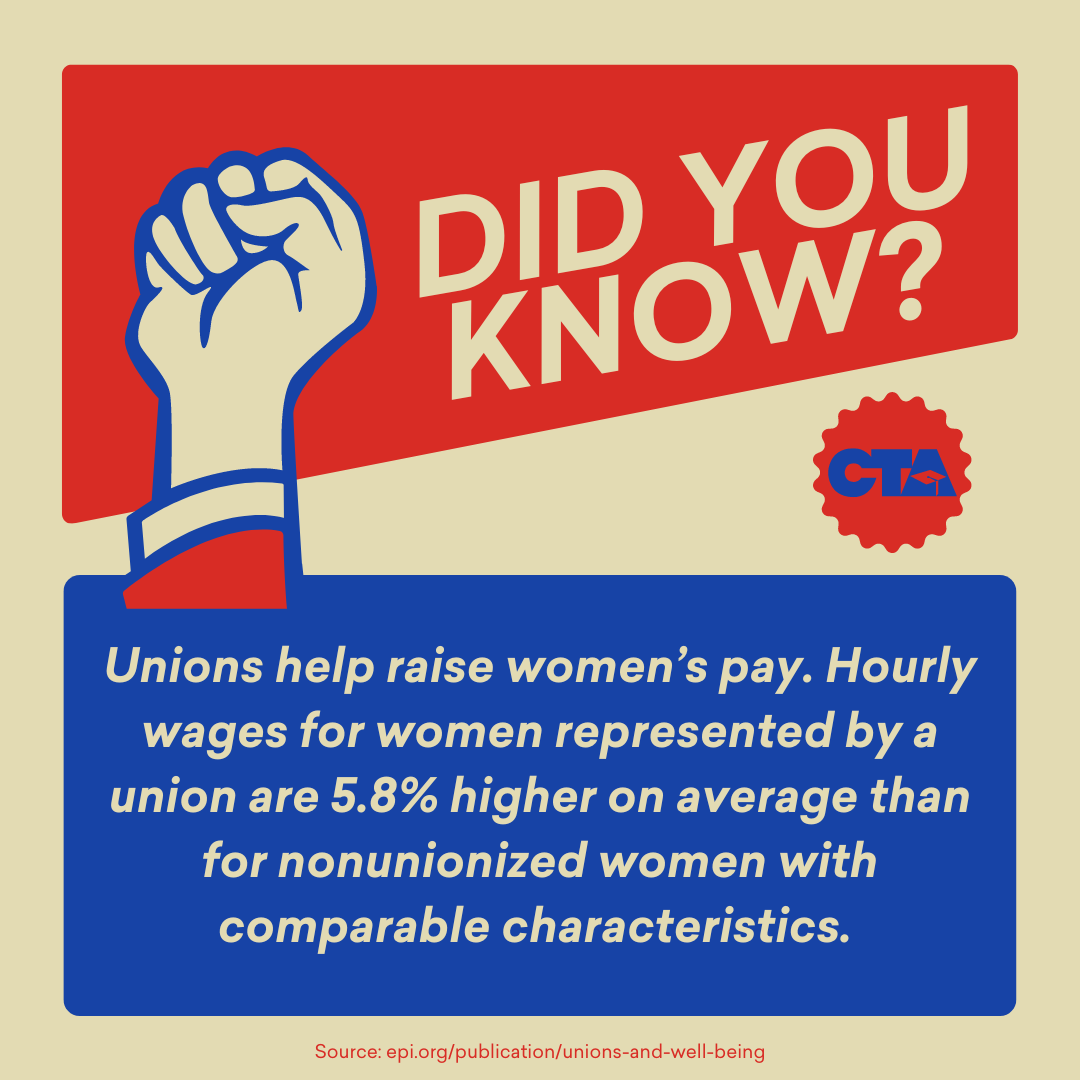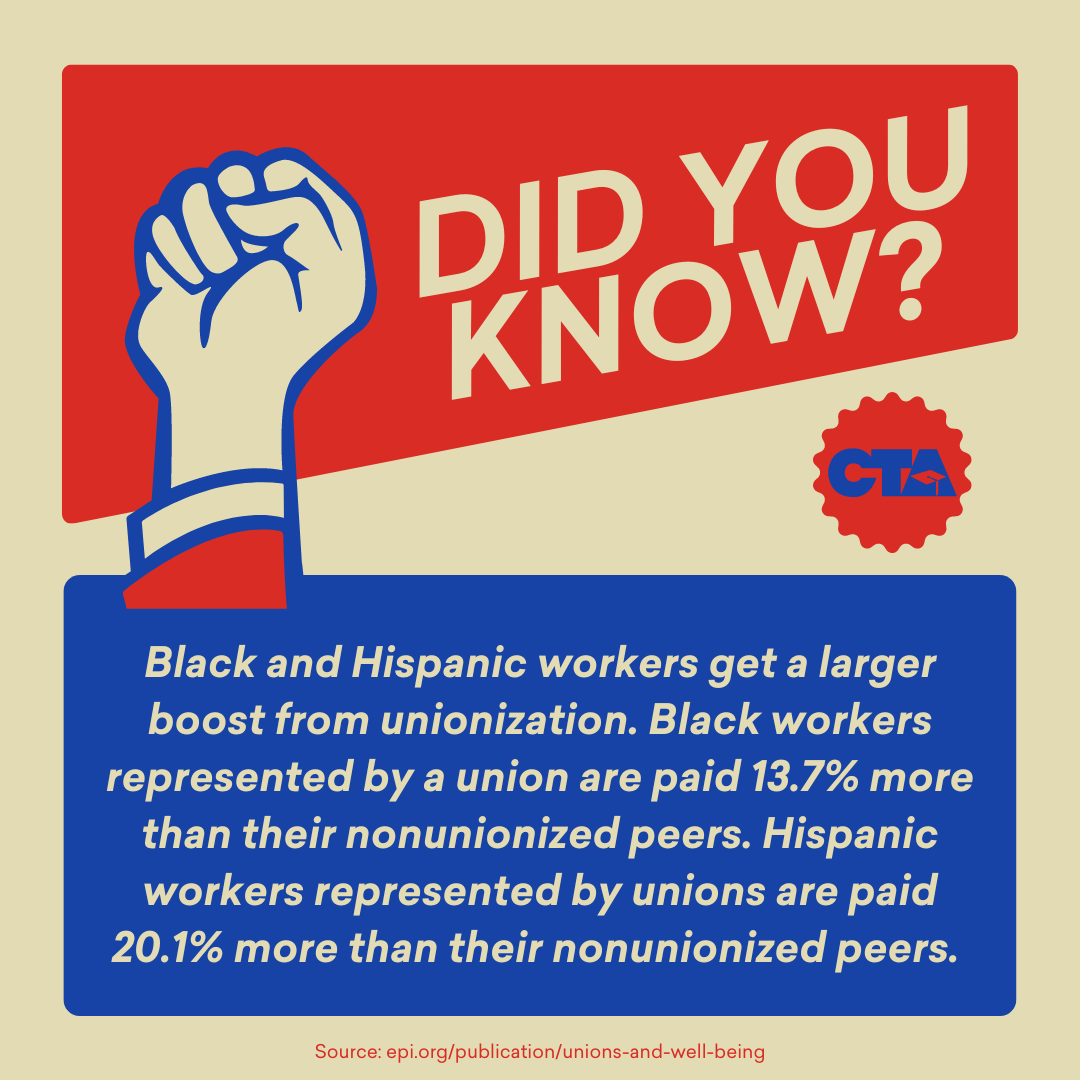Whenever I tell someone about my job as a social media manager, I’m often asked things like, “How do you think of what to post?” or “Where do you get your ideas come from?”
Over the years, I’ve built what I like to call my content toolbox: a collection of communications tools that work for every social media platform. They’re changing all the time, but what sticks with people and makes them pause instead of scrolling onward is consistent and translates across platforms.
This issue, we’ll be walking through how you can add data to your content toolbox.
My English and language arts educators will know that three elements of a compelling argument are logos, pathos and ethos. For those of us whose Greek is a little rusty, that’s the appeal to logic, appeal to emotion, and appeal to the writer’s credibility. Using data is a great way to hammer home the logos part of the equation. Let’s break down some examples.
Sac City Strike: Every Student Deserves a Teacher


Reports are a gold mine of data. You just have to dig up the best nuggets, present them within a compelling frame and turn them into a treasure trove of social media content. When the Sacramento City Teachers Association (SCTA) was gearing up for a strike in Spring 2022, their frame was simple and compelling: Every Student Deserves a Teacher.
With that frame in mind, we had a post ready to go every day, each featuring a different statistic about the staffing shortage in the district that supported our frame.
Social media thrives on quick pieces of content (think about how short a Tweet or TikTok is), so rather than posting a link to a long report that people may not even read, we were able to create a several days of compelling posts that fit our frame, all from the same document.
Labor Day: The Power of a Union


For Labor Day in 2022, I didn’t want to just post a graphic in honor of the holiday and check that box off my list. I saw it as an opportunity for us to highlight the power of our movement and its ability to bring about equity in the teaching profession and beyond.
The Economic Policy Institute did a great report on how unions improve not just the lives of workers, but our communities and democracy as a whole. But I knew that just posting a link to this and calling it a day wasn’t going to cut it.
Instead, I created a series of posts leading up to Labor Day, each one highlighting the power of unions with a different piece of data each day. Here are some examples:
These labor facts ended up being some of our most shared social media content that month. Why? Because the most shareable social media posts are concise, consistent and informative. These posts featured quick facts, had a consistent look so you knew they were about the
labor movement, and you came away feeling like you learned something. Who wouldn’t want to share that, especially union members?
With everything you post, data-driven or not, keep that idea in mind. Would you want to share what you’re putting out there?
Elizabeth Barcelos is CTA’s social media editor.
The Discussion 0 comments Post a Comment